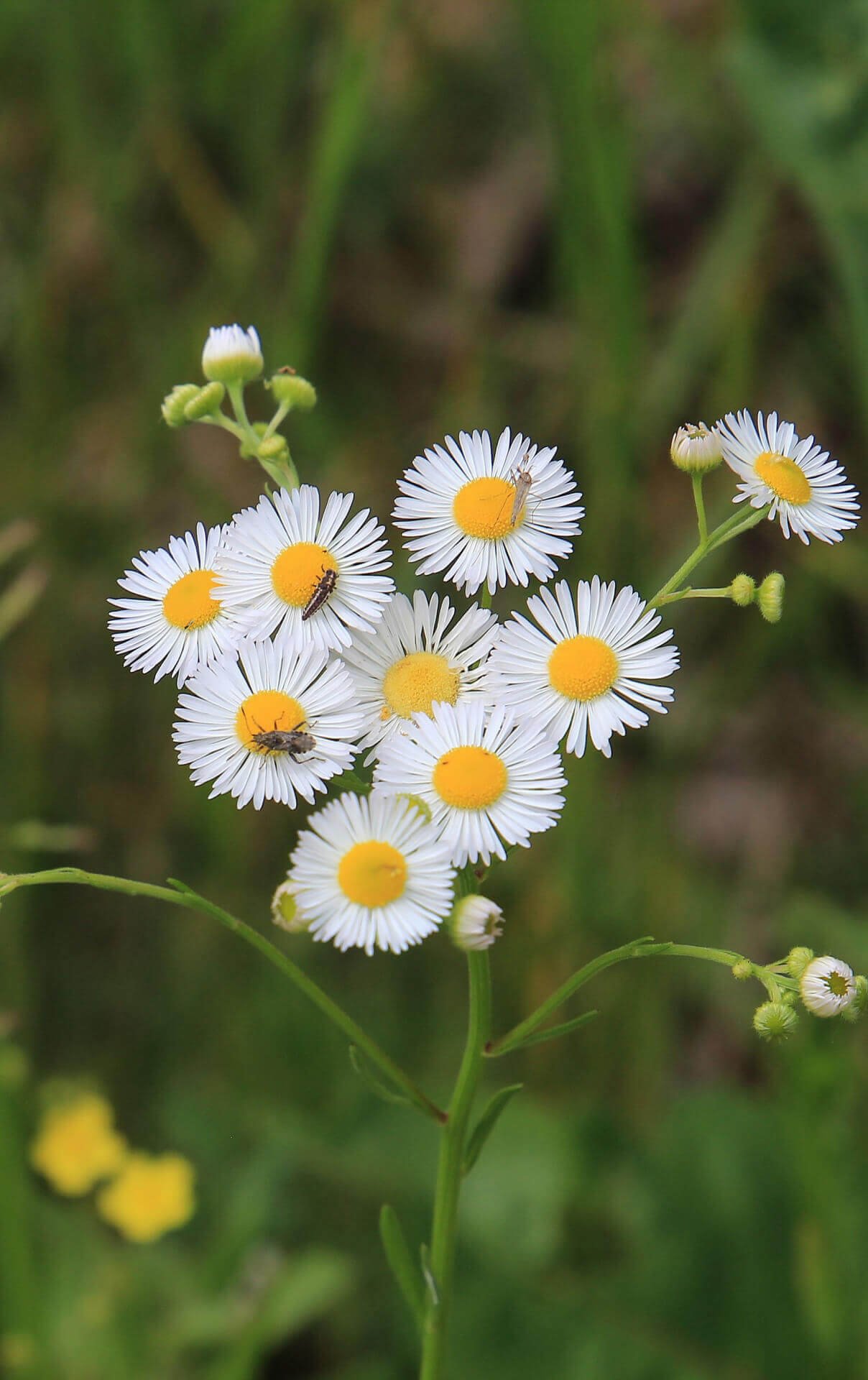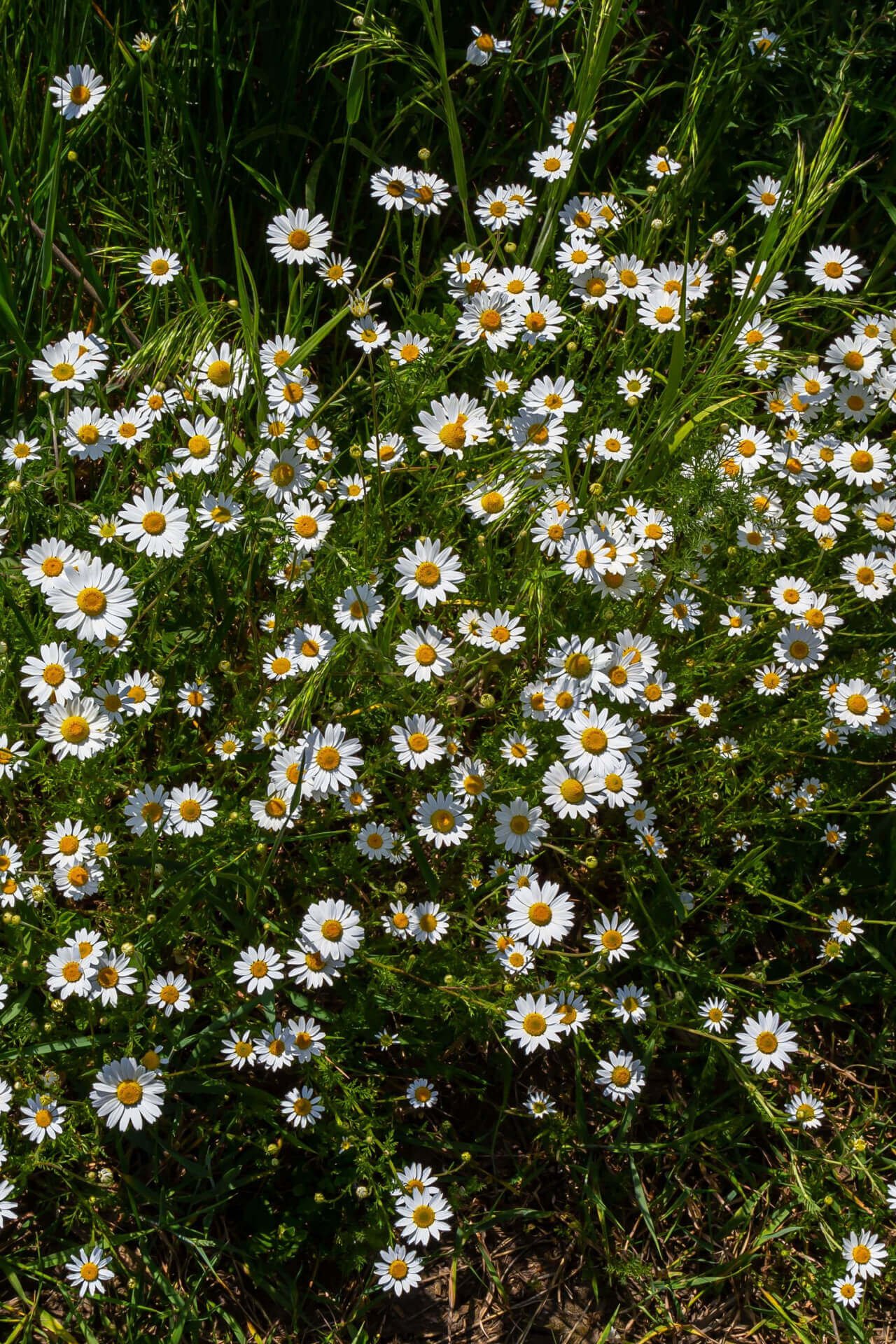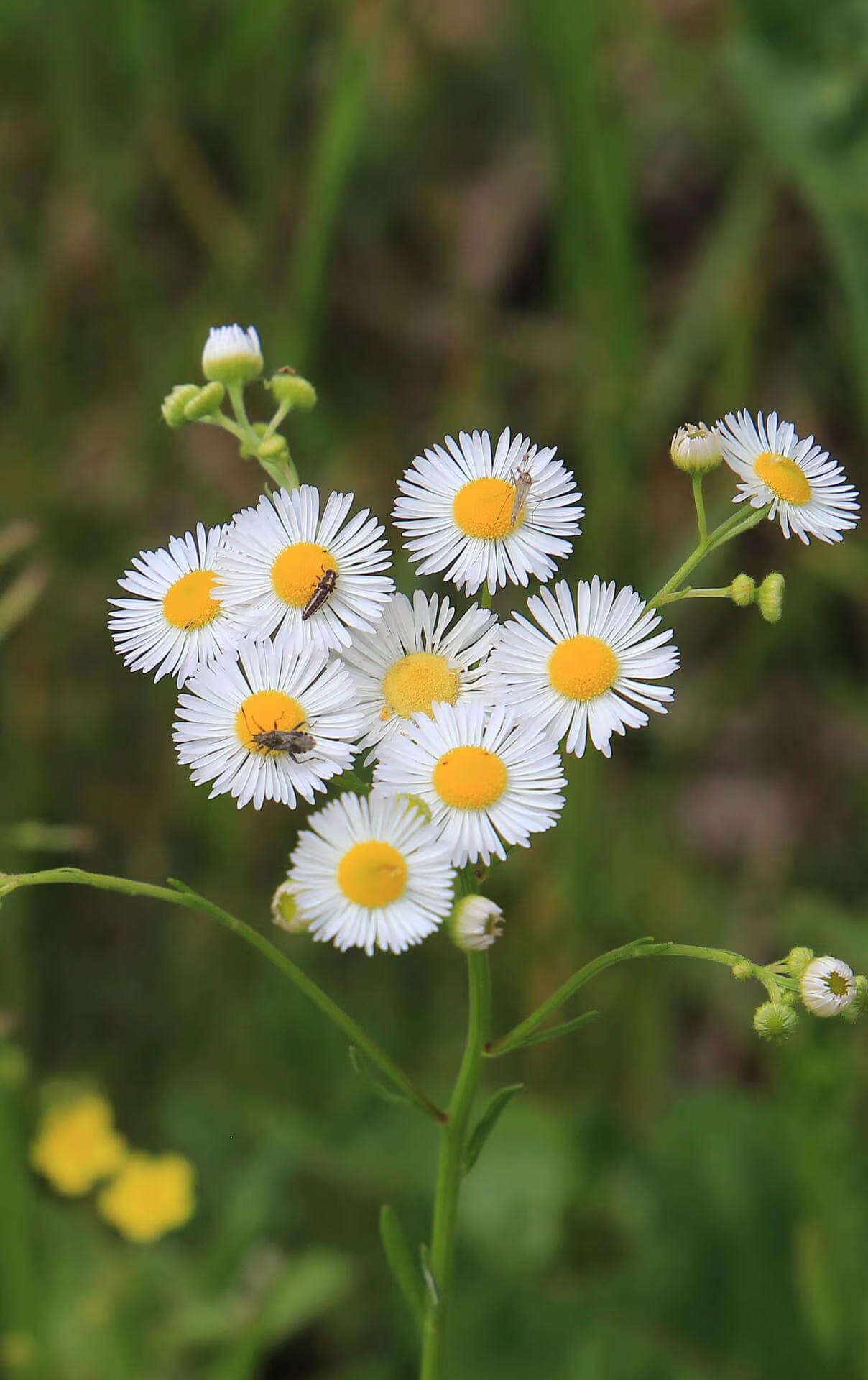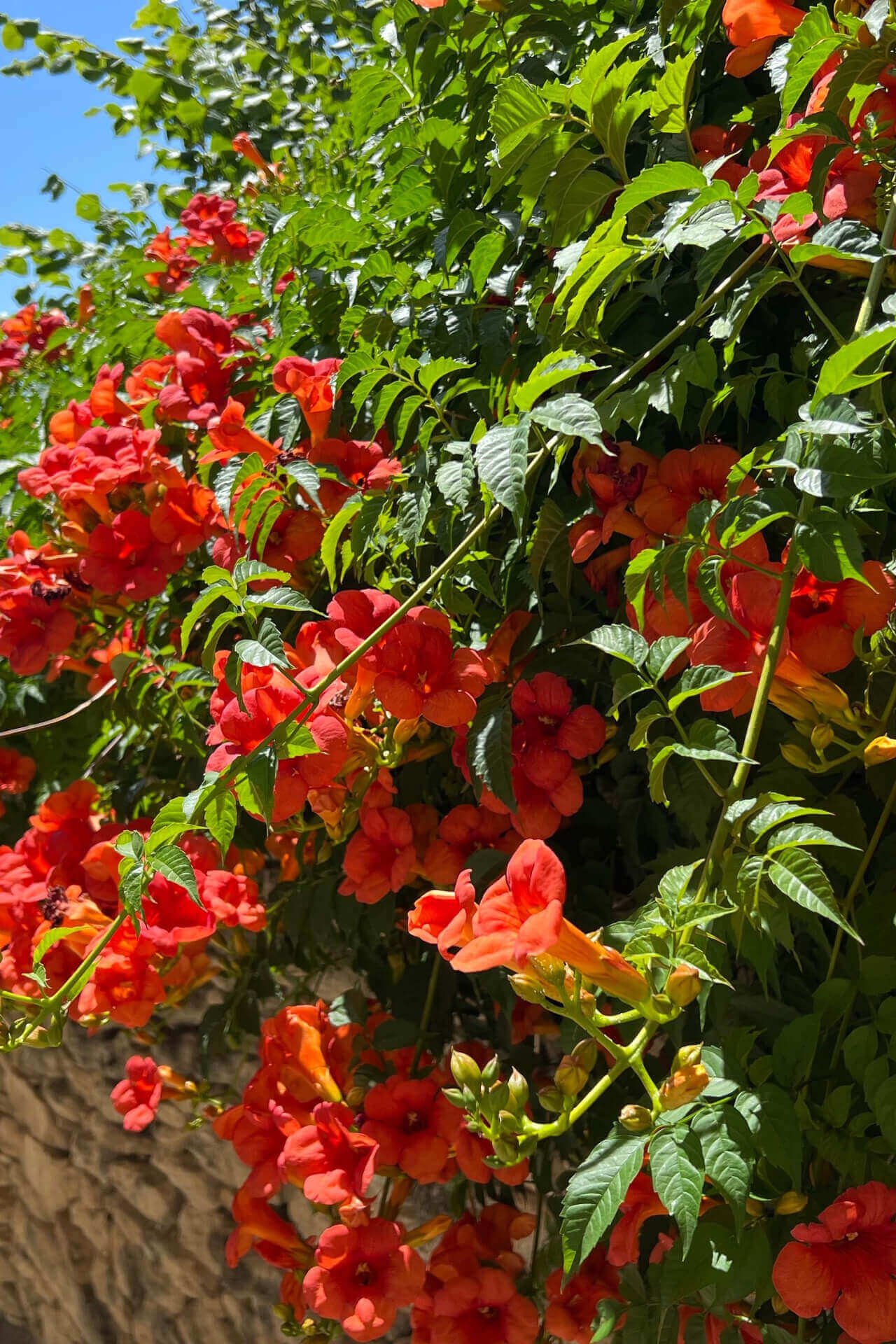



Fleabane Daisy
Attracts beneficial pollinators and butterflies
Natural pest repellent for gardens
Versatile for borders and containers
Thrives in
ZONE 6ZONE 7ZONE 8ZONE 9This plant ships:
Ships Week of May 19th1 Year Guarantee on all plants
Fleabane Daisy - Erigeron annuus
The Fleabane Daisy is a sunny blossom in the Asteraceae (or Daisy) family. You might have seen it growing happily on roadsides, in abandoned sites, or along walls, as it thrives in disturbed conditions. It is a hardy plant that is native to North America, found commonly in the east region of the United States. It looks beautiful adorning any garden wall, or in your native plant garden!
Plant Details - Fleabane Daisy
Family: Asteraceae
Light Requirement: Full sun
Water Needs: Moderate
Height: 10 in-2.5 ft
Spread: Up to 2 ft
Growth Rate: Moderate
Soil Preference: Moist, Well-drained
Bloom Time: Summer - Early fall
Flower Color: White, Lavender
Wildlife Value: Bees, butterflies and other pollinators
Notable Characteristics - Fleabane Daisy
The Fleabane Daisy gets its name from its alleged flea-repellent qualities. The plant was once dried and stuffed in pillows and mattresses to keep fleas away from the bed, although there is no evidence that this trick works. This cheerful blossom is made up of many small petals, up to 40 on one flower, surrounding a bright, yellow center. Their downy, fuzzy textured petals are commonly white, but can also be lavender or light pink. The stem is erect and hairy in some places, with a rosette of spoon-shaped leaves at the base. Its many branches also carry leaves, and continue all the way up to the top of the stem, ending in flowers. One plant alone can have 40 blossoms alone, helping it fill visual space in your garden.
Landscape and Maintenance
This tiny, white blossom has a wide native range, stretching far over the United States and thriving in many climatic regions. The Fleabane Daisy is a hardy plant that enjoys full or partial sun and well drained soil, but can survive in sandy, moist or clay soils as well. The plant is sometimes referred to as a weed in the United States because it can establish itself so easily where it may not be wanted, but it is not an aggressive plant. It is very easy to dig up or mow over should you find it in an unwanted area. It's often home to the Crab Spider and the Lynx Nursery Moth, and is very attractive to pollinators. Its sweet nectar is feasted upon by many native bees and butterflies, while sparrows and finches enjoy its seeds!
This Is How Your Plants Will Look upon Delivery

Bloom Season
Spring
Bloom/Foliage Color
White
Height at Maturity
Over 12"
Care
Fleabane Daisy thrives in well-drained soil and is regularly watered. Deadhead spent flowers encouraging continuous blooming and cut back after flowering to maintain shape. Protect from extreme heat or cold with appropriate care and watch for pests.
Plant Reproduction
Fleabane Daisy can self-sow and spread in clumps in ideal conditions
Shipping date depends on the date displayed and chosen when you order from the product's page.
We only accept returns on plants verified dead. If you think your plants have died, we offer a 1 year warranty, please use this File a Claim Link to verify dead plants and start with return warranty process.






Abundant Blooms:
Fleabane Daisy offers a stunning display of daisy-like flowers from late spring through summer.
Drought Tolerant:
Highly drought-tolerant once established, Fleabane Daisy is perfect for low-water gardens and xeriscaping.
Pollinator Attraction:
Attracting butterflies and bees, Fleabane Daisy supports a healthy garden ecosystem and enhances biodiversity.
Attractive and Hardy:
Fleabane Daisy boasts delicate white to pale pink petals with a yellow center and thrives in various natural habitats, making it perfect for landscaping projects.
Caring Tips
How do I care for my Fleabane Daisy?
Each box contains detailed care instructions and information about your product. But here's the basics.
Care Tips
Fleabane Daisy thrives in well-drained soil and is regularly watered. Deadhead spent flowers encouraging continuous blooming and cut back after flowering to maintain shape. Protect from extreme heat or cold with appropriate care and watch for pests.
Light Requirements
Fleabane Daisy flourishes in full sun to part shade. It favors at least 4 to 6 hours of unaffected sunlight daily for optimal blooming but can handle some shade, particularly in hotter climates. Proper light exposure encourages vigorous growth and abundant flowers.
Hardy Planting Zones
6 • 7 • 8 • 9
Header
Use this content to share information about your store and products.
Frequently Asked Questions
How often should I water my plants?
How do I know if my plant is getting too much or too little sunlight?
What should I do to prepare my plants for winter?
What are the signs that my plant needs fertilizing?
How can I prevent pests from damaging my plants?
How do I choose the right plant for my climate zone?







